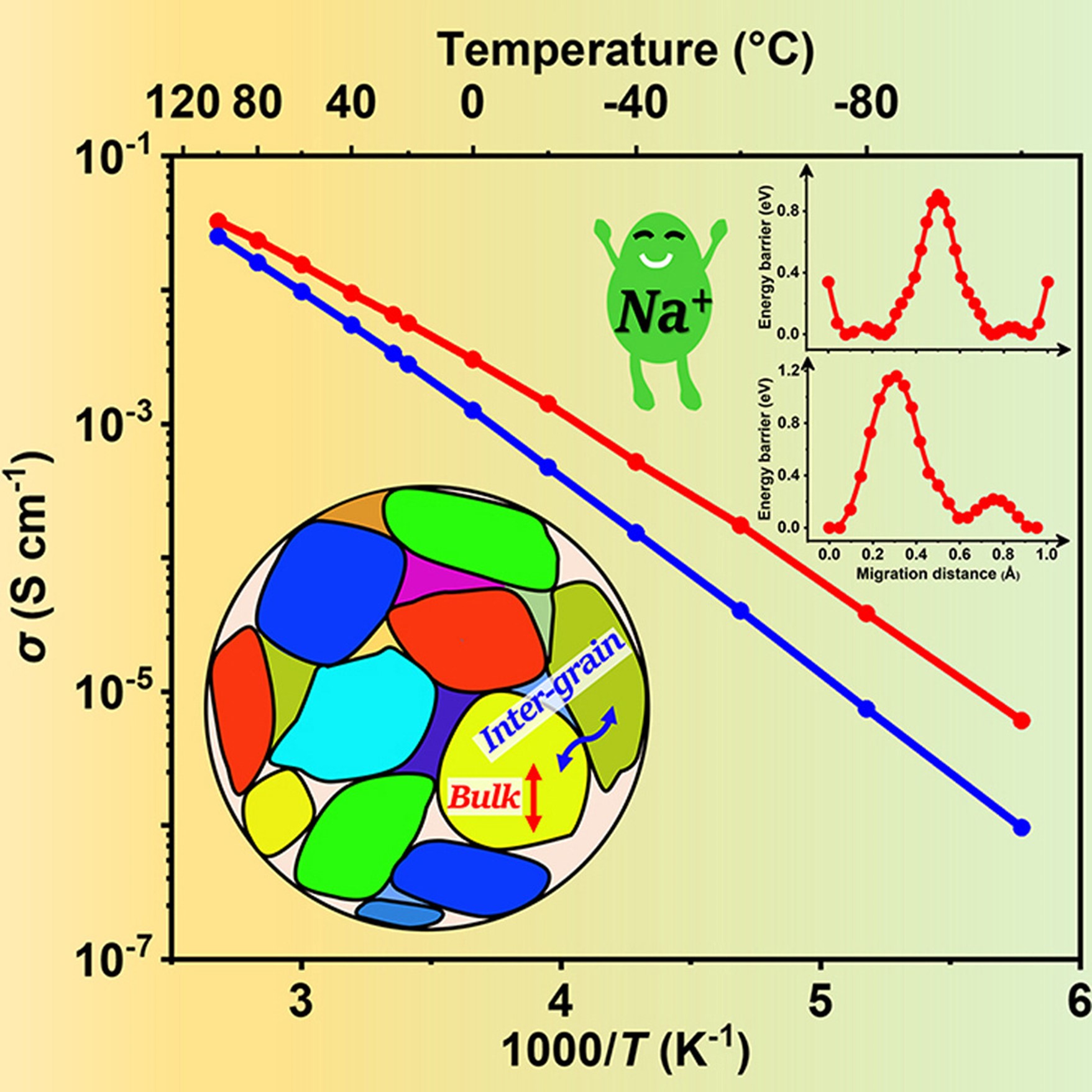They reported using VAT with 10 different client groups, such as people with dysarthria (a motor speech disorder which causes issues with speech quality and clarity) and users of augmentative and alternative communication technologies.
Many reported using the technology to improve their clients’ speech, to facilitate speech practice at home, and to enhance articulation and volume.
Most therapists indicated that they would like to try VAT in the future, stating that it could have a positive impact on their clients’ speech, independence, and confidence.
Dr. Orla Duffy from Ulster University said, “Speech and language therapy (SLT) is an allied health profession concerned with the assessment, diagnosis, and treatment of a range of both communication and swallowing disorders.”
Speech and language therapists support a broad range of people within pediatric and adult services and work within a wide range of settings.
Despite providing a core service within rehabilitative and long-term care—particularly in acquired or degenerative neurological conditions—SLT, similar to many other services, has been affected by funding cuts.
A survey by the Royal College of Speech and Language Therapists suggests that over 80% of services in the National Health Service face reduced staffing, narrowing scope of services and, for 8% of the services, abolishment of services altogether.
Augmentative and alternative communication (AAC) is a term used to describe various methods of aided communication, including nonverbal strategies such as gestures or body language, the use of picture books or communication charts, or a range of different technologies that can act as a substitute vocal communication aid.
Dr Roisin McNaney from Monash University said “Although AAC is a well-established field with clinically proven benefits, we, and other researchers, have also been investigating other areas of technology innovation within the field of SLT, particularly those that exploit the benefits of low-cost, off-the-shelf consumer technology.”
New in JMIR Rehab: Speech and Language Practitioners’ Experiences of Commercially Available Voice-Assisted Technology: Web-Based Survey #Study https://t.co/L2NwNV5P25 pic.twitter.com/2uDhTXL1ls
— JMIR Publications (@jmirpub) January 5, 2022
The research teams from Monash University and Ulster University concluded in their JMIR Publications Research Output that VAT has been used by a number of UK-based SaLTs in clinical practice.
Pranav Kulkarni, PhD candidate from Monash University, said “Wider adoption of the technology is limited by the lack of professional opportunities, training, and understanding. Although other studies have explored the interaction between technology and several client groups, this study presents opportunities and challenges from the perspective of the practitioners.”
The data show increased engagement and empowerment, and the possibility of achieving therapeutic outcomes in clients with communication impairment.
The disparate responses suggest that this area is ripe for the development of research exploring the role of VATs in evidence-based clinical practice, starting with a clear definition of its use potentials and benefits and the development of plans for outcome measurement when using VAT devices to support therapy aims.
###
DOI – https://doi.org/10.2196/29249
Full-text – https://rehab.jmir.org/2022/1/e29249/
Free Altmetric Report – https://jmir.altmetric.com/details/120270046
Keyword – speech and language therapy, voice-assisted technology, professional practice, rehabilitation, speech therapy, health technology, mobile phone
JMIR Publications is a leading, born-digital, open access publisher of 30+ academic journals and other innovative scientific communication products that focus on the intersection of health and technology. Its flagship journal, the Journal of Medical Internet Research, is the leading digital health journal globally in content breadth and visibility, and it is the largest journal in the medical informatics field.
To learn more about JMIR Publications, please visit https://www.JMIRPublications.com or connect with us via:
YouTube – https://www.youtube.com/c/JMIRPublications
Facebook – https://www.facebook.com/JMedInternetRes
Twitter – https://twitter.com/jmirpub
LinkedIn – https://www.linkedin.com/company/jmir-publications
Instagram – https://www.instagram.com/jmirpub/
Head Office – 130 Queens Quay East, Unit 1100 Toronto, ON, M5A 0P6 Canada
Media Contact – [email protected]
The content of this communication is licensed under the terms of the Creative Commons Attribution License (https://creativecommons.org/licenses/by/4.0/), which permits unrestricted use, distribution, and reproduction in any medium, provided the original work, published by JMIR Publications, is properly cited.
JMIR Publications is a registered trademark of JMIR Publications.



